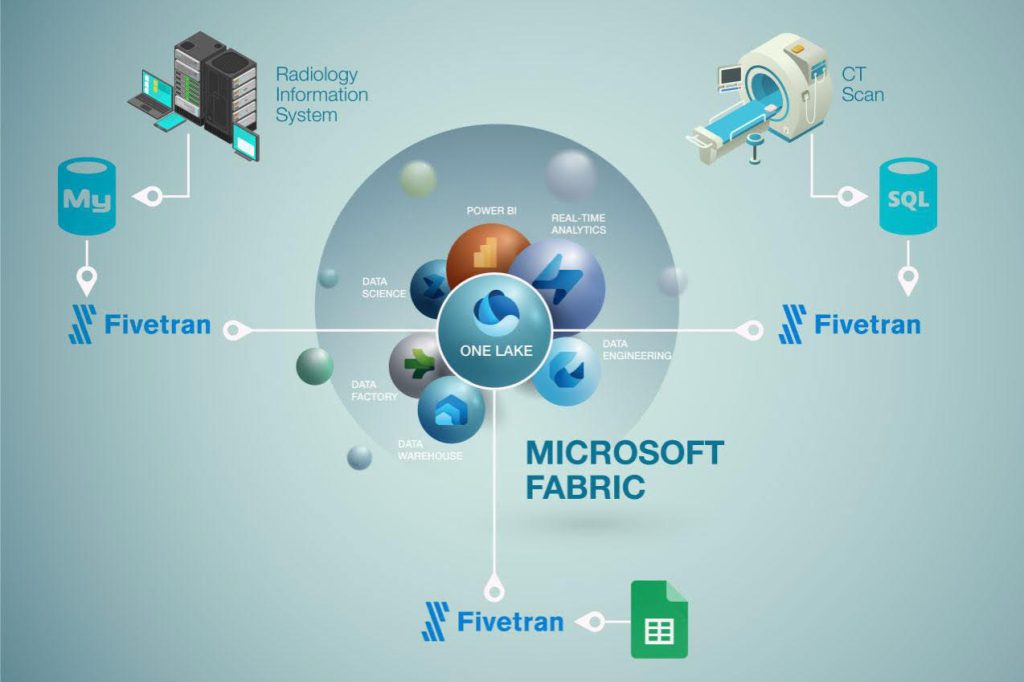In the intricate and vital realm of healthcare, a colossal amount of data is generated daily from diverse sources including electronic health records, medical devices, laboratory tests, insurance claims, and patient surveys. This data holds the key to improving patient outcomes, cutting costs, and boosting patient satisfaction. However, the real challenge lies in managing and analyzing this vast array of data, often scattered across various formats and systems.
To address this challenge, an increasing number of healthcare organizations are embracing advanced data platforms. These platforms are designed to streamline and speed up data integration and analysis. By doing so, they aim to fully harness the power of healthcare data, leading to enhanced outcomes for patients, providers, and stakeholders alike, and propelling the healthcare sector into a new era of efficiency and effectiveness.
Data Environment Overview: A Foundation for Advanced Analytics
The following objectives were identified for the project:
Fivetran stands at the core of our solution, providing a robust data integration platform. It enables us to extract and load data from source systems into the Microsoft Fabric Lakehouse for further downstream processes.

Fivetran offers more than 300 connectors, data scrubbing features, integrated scheduling, and pre-built data models. Fivetran is designed to offer organizations the ability to effortlessly extract, load, and transform data between a wide range of sources and destinations.
Microsoft Fabric is an all-in-one analytics solution for enterprises that covers everything from data movement to data science, real-time analytics, and business intelligence. It offers a comprehensive suite of services, including data lakes, data engineering, and data integration, all in one place designed to simplify your analytics needs.

The Fabric platform is built on a foundation of Software as a Service (SaaS), which takes simplicity and integration to a whole new level.





By using Fivetran to ingest data into Fabric, a robust and optimally structured dataset was established. We were then able to use Power BI to build a comprehensive set of reports that would allow the team to gain insights into the effectiveness of the AI models deployed in the solution.
| No | KPIs/Metrics | Definitions |
|---|---|---|
| 1 | Scan volume metrics |
|
| 2 | Patient demographics |
|
| 3 | Scaida detect performance metrics |
|
| 4 | Ethical and responsible AI metrics |
|


ThoughtsWin Systems’ collaboration with Fivetran and Microsoft has unveiled a cutting edge approach to harnessing healthcare data. We are paving the way for advancements in medical imaging and patient care by effectively channeling information from diverse systems into a centralized and intelligent analytics platform.
Through this integrated solution, we are not only facilitating a more profound understanding of diagnostic imaging data but also empowering healthcare providers with actionable insights. Our purpose-driven analytics cater to the intricate needs of modern healthcare, ensuring that every scan, every patient demographic, and every AI model metric translates into enhanced care and operational excellence.
Our commitment goes beyond integration; we strive to be the architects of a future where data drives decisions.
Join us on this transformative journey. Connect with our team, schedule a demo, or engage with us in a conversation about how we can elevate your data strategy to the next level. Together, we can unlock the potential of healthcare data and foster an ecosystem where technology and care converge for the greater good.
Contact Mahesh.shankar@Thoughtswinsystems.com today, and let’s turn data into action, insights into outcomes, and challenges into successes.
Embrace the future of healthcare analytics with ThoughtsWin Systems – where data meets decision-making.